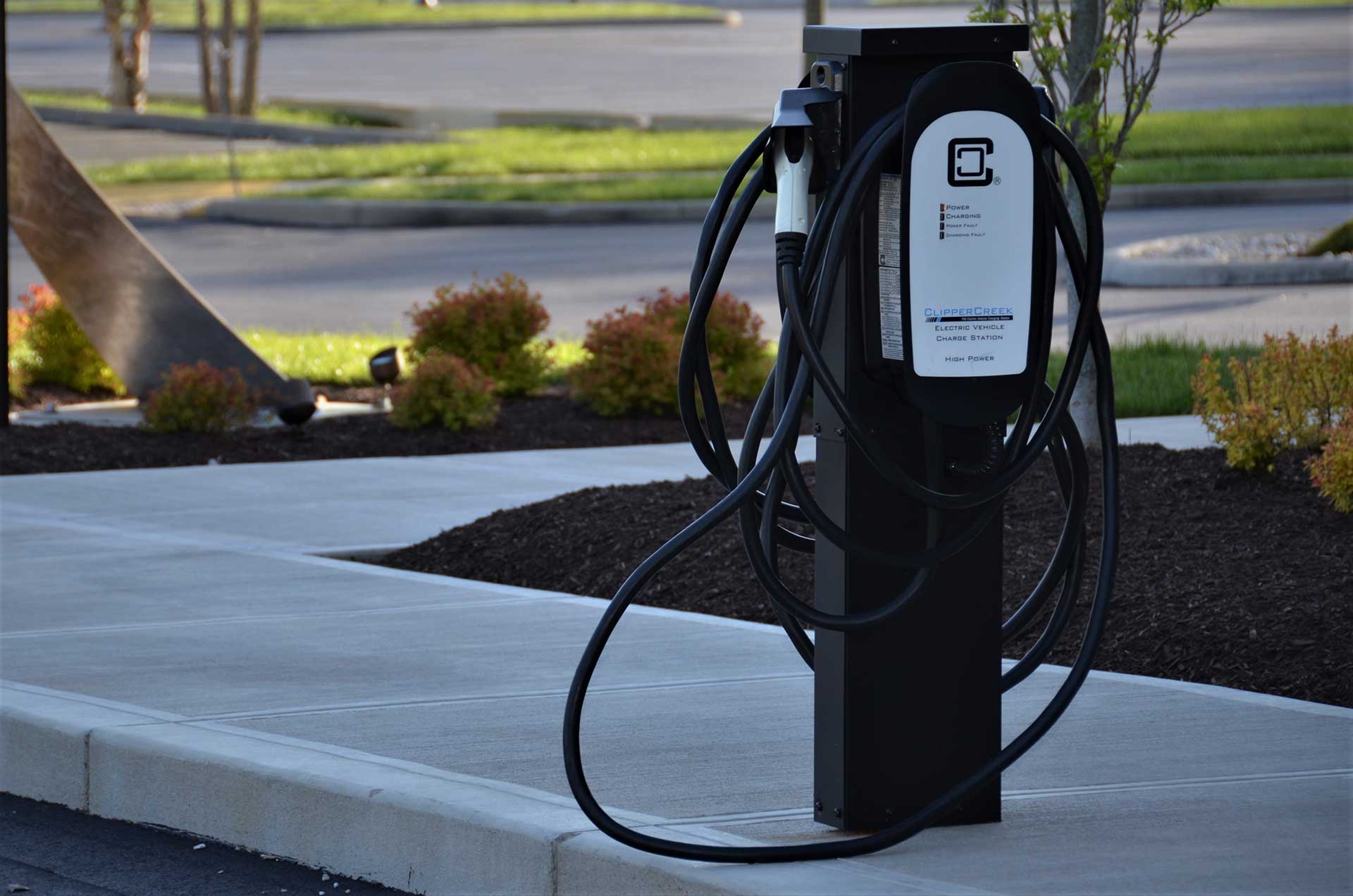Over 18 months after COVID-19 shut down much of the world, the pandemic continues to affect many industries including the commercial real estate (CRE) sector. From companies choosing to expand their footprints to businesses opting to reduce spaces or go virtual entirely, CRE investors and landlords have seen their revenue streams impacted in various ways.
Other industry trends—besides upsizing and downsizing—continue to influence potential CRE deals and investments, and as we enter the 4th quarter of 2021, it’s a good time to reflect on those trends and see what real estate professionals predict may be on the horizon for 2022.
- Greater demand as low lending rates and inflationary pressures will add fuel for people seeking investment properties.
- While the economy is recovering, unemployment remains higher, more people continue working from home—and an indication that hybrid work, at least, is here to stay. Companies who’ve embraced virtual work have seen more employees move away to less expensive areas. And stable companies have chosen to renew leases but, in many cases, they need less space. This shift to downsize will create additional vacancies.
- The pandemic accelerated digital transformation. Wider technology adoption, huge amounts of data, instant access to market intelligence, and a better understanding of all that data will continue enabling investors to operate outside their geographic regions and asset classes.
- High net worth (HNW) people are taking advantage of historically low interest rates and hedging against likely inflation by purchasing investment real estate. Demand for commercial properties has never been higher, especially with the scarcity of residential properties. Now we’re seeing even greater competition for investment CRE.
- While the original PPP loans have expired, the federal government may again become involved with business loans—especially if inflation grows. In its September 2021 meeting, the Federal Reserve indicated it plans to hold the federal funds rate between 0% and 0.25%. However, it also signaled plans to raise interest rates in 2022—with three potential rate hikes in 2023—depending on how the economy behaves. The Fed’s actions will likely influence whether business owners decide to lease or purchase commercial space.
- Environmental, social, and governance (ESG) is also influencing real estate as cities, states and even countries look at regulations to drive ESG. It’s influencing infrastructure and how the real estate industry consumes energy. With ESG principles key for sustainable investments—and sustainable investing potentially becoming the standard way to invest—the CRE market and its investors are watching ESG-related legal and regulatory disclosures.
A report from The Counselors of Real Estate also notes, “The growth in recent years is fueled by multiple drivers, including consumer shifts, regulatory requirements, trillions of dollars of wealth transferring to generation Z and millennials committed to philanthropic living, a blurring of work and societal expectations, and a full sprint to attract and retain top talent.” Addressing ESG issues will remain a critical component of CRE investments’ long-term value.
- In past recessions, like the one of 2008, capital dried up. During the pandemic-caused recession, however, availability of capital helped some CRE investments—especially industrial, multi-family, self-storage, and health science real estate—to thrive.
While mortgage REITs struggled last year, they’ve begun to recover. “The market continues to be flush with debt capital liquidity, despite property type and market uncertainty… looking into 2022, performance will dictate the amount of distress and loses, and risk management should dictate markets, property types, leverage, loan structure, and pricing for mortgage debt. The next year should also tell us if CRE debt was too rich and whether perceived risk underestimated where pricing should have been.”
- CRE resident and tenant expectations are shifting. Consumers expect similar customer experiences where they work and live—an expectation CRE leaders will need to adapt to meet. But groups that evolve to meet these expectations will quickly elevate themselves above the competition to gain greater market share and premiums.
- If more companies adopt hybrid work programs, fewer employees will be working in buildings at any given time. Decreased on-site staff may have a trickle-down effect impacting retailers and restaurants accustomed to serving office workers who aren’t there to eat or order lunch or frequent shops during business hours.
- The Federal Government-sponsored loans such as the SBA 504 and 7(a) loans—with interest rates in the 3% range—make purchasing CRE more attractive to many businesses than leasing.
- Logistics’ function also impacts CRE’s utilization. Real estate assets including ports, rail lines, pipelines, manufacturing facilities, warehouses, grocery stores, and more are critical to the supply chain funnel.
- While not a new term, “Adaptive Reuse 2.0” has only recently become a more mainstream term. CRE calls it the neighborhood approach, and it’s focused on addressing the challenges of how to repurpose abandoned or defunct suburban malls and the thousands of empty big-box retail stores located close to more desirable (and relatively affordable) neighborhoods.
Many projects have already begun to reclaim these spaces, giving them new life as centers for medical spaces, gamer headquarters (like Epic Games), office space, warehouses, churches, and even indoor farms.
These interconnected issues show a CRE environment that continues to evolve and change. Michael Couillard, 2020 global chair of the CRE, anticipates that because real estate tends to lag the economy, it will continue to feel a ripple effect from the pandemic for several years.
While no one has a crystal or magic 8 ball to tell the future, these trends and potential outcomes can still guide value. For those interested in exploring and investing in CRE, consider connecting with the members of CREA United. An organization comprised of a partnership of different professionals specializing in commercial real estate, CREA United offers an organic approach to networking in nine current groups: Central NJ Industrial, Construction, Corporate, Dentistry, Industrial, Medical & Healthcare, Multifamily Group, Office, and Retail.

